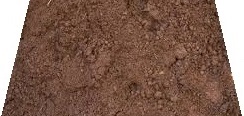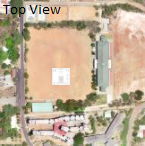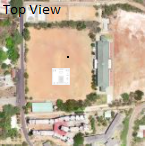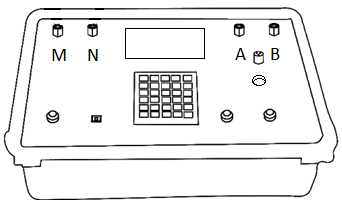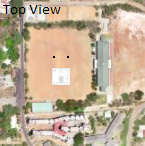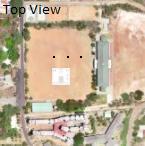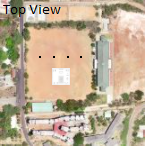Geo-resistivity test for bedrock identification
Objective:
To obtain the resistivity of the ground with the help of Georesistivity meter.
Apparatus used:
Georesistivity meter, Clips and wire, Battery, Electrodes and Hammer.
Description Georesistivity Test: The electrical resistivity test is useful for studying the existence of subsurface structures by observing the differences in their resistance to electrical current flow and hence determining the presence of groundwater.

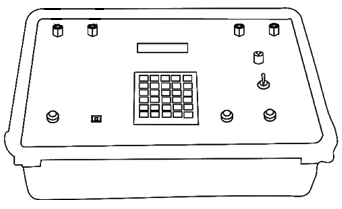
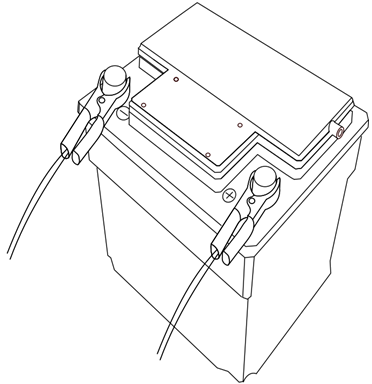

© 2020 - SOLVE - The Virtual Lab @ NITK Surathkal, Department of Water Resources & Ocean Engineering


